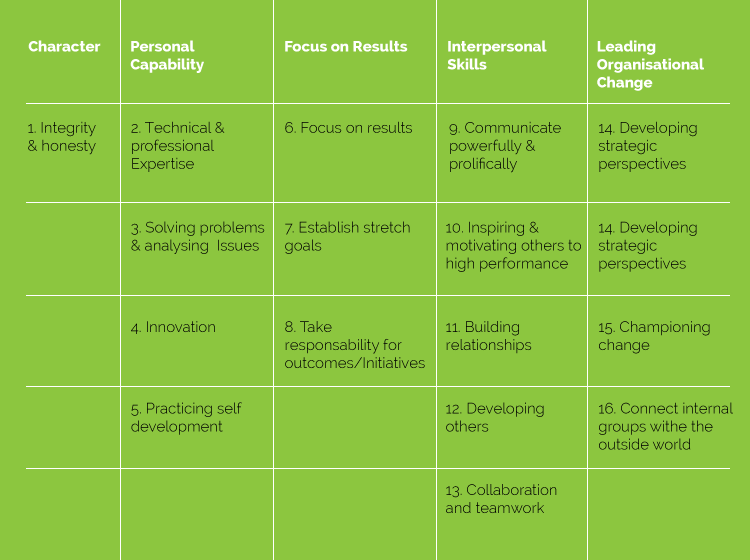In the current VUCA (volatile, uncertain, complex and ambiguous) context, there is much debate as to the lack of effective and credible leaders to face important challenges in different areas of society.
In such a framework, I have spent time reflecting on the best leaders I have known or have worked with and have come to two conclusions:
a) A close and attentive working relationship was something that was stressed by all of them
b) Proximity is a key attribute of leadership that has not been sufficiently studied in the majority of management style models.
This article aims to provide evidence that will encourage evolution in current styles of leadership geared towards greater proximity in the daily running of both public and private companies. I believe that this will improve engagement and happiness at work and, in turn, productivity and results.
Why are there currently so few proximity-geared leaders?
Until recently, the models of leadership and prevailing socio-economic values have underestimated the more emotional aspects and, therefore, the most reputed leaders tended to be people who stood out on the grounds of their executive capabilities, their vision, charisma, knowledge, results orientation or creativity.
In many organizations there was (and still is) scarce proximity and a certain “fear” in terms of personal relationships, as is well explained by Pilar Jericó in her successful book ‘No miedo” (No Fear) (http://ow.ly/WkOoX).
Fortunately, in recent years, there has been some research on the subject, such as Zenger & Folkman’s work on the characteristics of extraordinary leaders (http://ow.ly/WkLUW) which includes a study involving over 200,000 professionals. Here are three positive conclusions I have drawn from their research.
a) The financial results of the best leaders double those of less effective leaders
b) Interpersonal skills are one of the five pillars of effective leadership (see table below)
c) The character (honesty, integrity) and the capacity to influence and motivate others to high performance are two of the elements that have most impact on generating leadership, and both elements are closely linked to proximity-geared management.

Fuente: 16 capabilities of extraordinary leaders – Zenger & Folkman
Likewise, a study by Catenon featuring Spanish employees and their conceptions of the “ideal boss” identifies proximity as a key factor together with honesty, humility, the ability to delegate, effective communication and the encouragement of teamwork (http://ow.ly/Wkwdv).
And finally, happiness at work models (http://ow.ly/WkNCQ) also advocate this on the basis of three main levers: a) close and firm leadership (demanding in terms of results but, at the same time, concerned about people); b) participatory management and active involvement of workers and c) the implementation of a model of people management in which engagement and happiness are encouraged.
Personal experiences
In my role as a Human Resources professional, I have worked in very different sectors and organizational cultures and have questioned many employees as to the characteristics of their ideal boss.
Proximity is one of the key traits that most of them highlighted and this was complemented by other aspects, such as the capacity of managers to generate inspiring vision, to be supportive, to be challenging, to accept mistakes, to listen, to be decisive, to serve their team and to endeavour to leave a positive legacy to society.
Conclusions
We live in an increasingly open and competitive society. This calls for changes in attitude at all levels and especially in terms of our leaders. Being present and proactive both within their organizations (a proximity-based approach) and outside them (opening up to the outside world) will be a key factor in successful survival and sustainable results..
Proximity helps us to achieve commitment and results and fits in well with what most 21st century employees would expect. They do not merely want to carry out orders, but rather co-create strategies and solutions.
This is a trend in which some pioneering organizations are already involved and their leaders are faced with two major challenges: to build a culture in which “all employees are leaders at their particular level” and to promote relational proximity in day-to-day working environments.
Shouldn’t we all perhaps evolve in this direction?
David Reyero Trapiello
Senior HR Business Partner – Sanofi Iberia
e-mail: David.reyero@sanofi.com / Twitter: @davidreyero73 / Linkedin: es.linkedin.com/in/reyerodavid

Leave a Reply